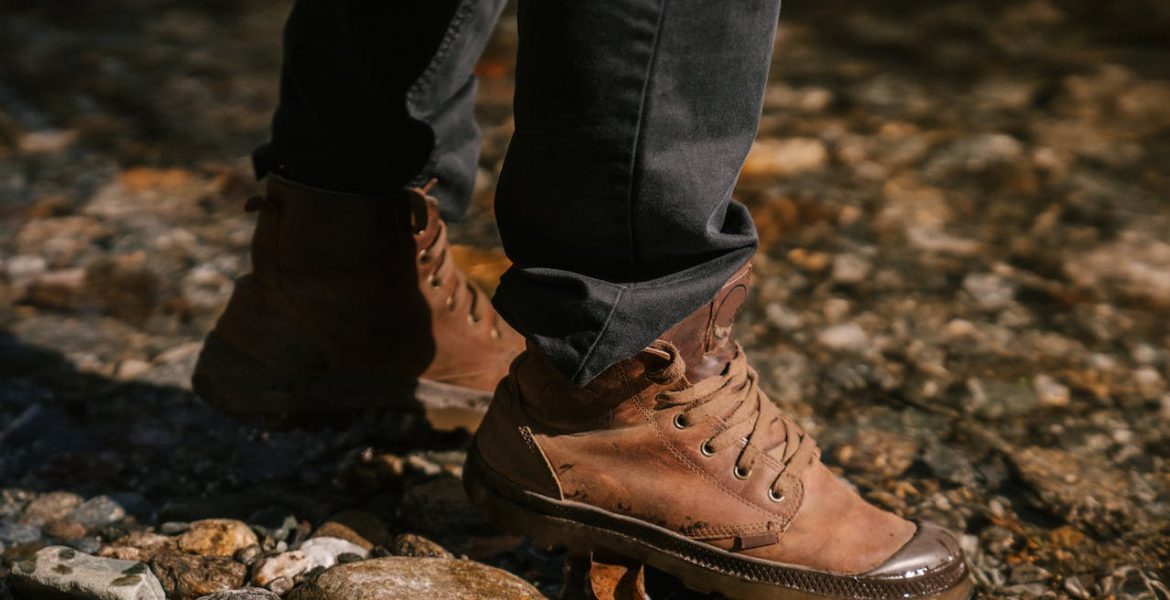Introduction:
As outdoor enthusiasts and casual hikers alike navigate the diverse and unpredictable terrains of Mother Nature, the importance of reliable footwear cannot be overstated. Among the various features that contribute to a hiker’s arsenal, waterproofing stands out as a game-changer. In this article, we delve into the significance of waterproofing in hiking boots and how it plays a crucial role in enhancing their versatility across different weather conditions.
The Essential Role of Waterproofing:
Hiking boots are more than just footwear; they are a hiker’s steadfast companions in all weather conditions. Waterproofing, a feature often associated with high-quality hiking boots, goes beyond merely keeping feet dry during rainstorms. It is a fundamental element that directly impacts a boot’s versatility, making it suitable for a wide range of outdoor adventures.
Protection Against the Elements:
The primary function of waterproofing in hiking boots is to shield the feet from rain, snow, and other moisture. This not only keeps hikers comfortable but also prevents potential health issues such as blisters and frostbite.
Versatility in Any Season:
Waterproof hiking boots are not limited to rainy days; they prove invaluable in various weather conditions. Whether navigating muddy trails in spring or trudging through snow-covered landscapes in winter, the waterproofing ensures a consistent level of comfort and protection.
Breathability for All-Day Comfort:
Modern waterproofing technologies strike a balance between keeping water out and allowing moisture from sweat to escape. This breathability is essential for preventing discomfort and maintaining a comfortable temperature inside the boot, especially during extended hikes.
Versatility Across Terrains:
The versatility of waterproof hiking boots extends beyond weather-related scenarios. It becomes a critical factor when traversing different terrains, such as river crossings, marshy areas, or dew-covered grasslands. Hikers can confidently tackle diverse landscapes, knowing that their boots provide reliable protection against external elements.
Notable Examples of Weather-Ready Hiking Boots:
The North Face Ultra 109 GTX:
Equipped with GORE-TEX technology, The North Face Ultra 109 GTX ensures waterproof performance while maintaining breathability. Its versatility makes it suitable for year-round hiking adventures.
Timberland White Ledge:
Known for its rugged durability on the trail, the Timberland White Ledge has also become a fashion staple in urban environments. With its classic design and waterproof features, it effortlessly combines outdoor functionality with city style.
Conclusion:
In the realm of hiking boots, versatility is paramount, and waterproofing emerges as a key player in this pursuit. As outdoor enthusiasts increasingly seek footwear that can adapt to diverse weather conditions, the importance of weather-ready hiking boots becomes evident. The combination of waterproofing technologies with other performance features ensures that these boots are not just a shield against the elements but a reliable companion for hikers exploring the great outdoors in rain or shine. Whether trekking through a rainforest, summiting a snowy peak, or navigating an unpredictable trail, waterproof hiking boots stand ready to meet the challenges, providing the comfort and protection needed for every step of the journey.

